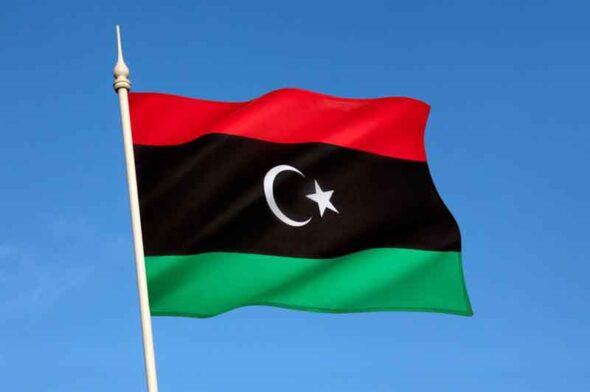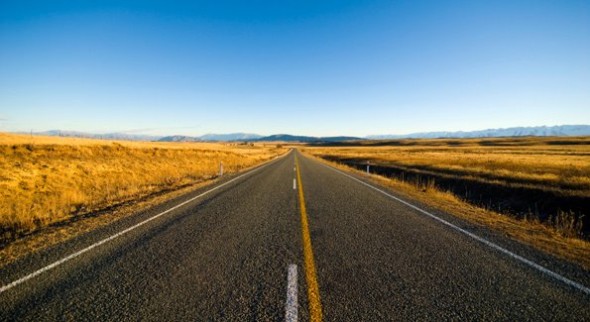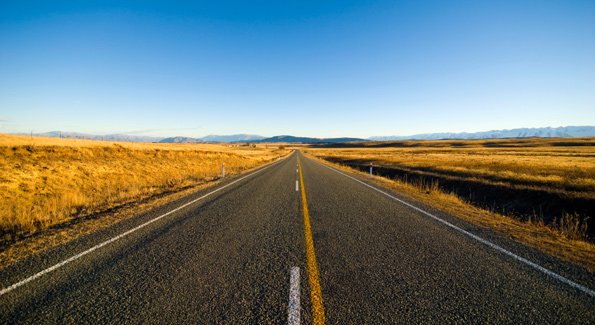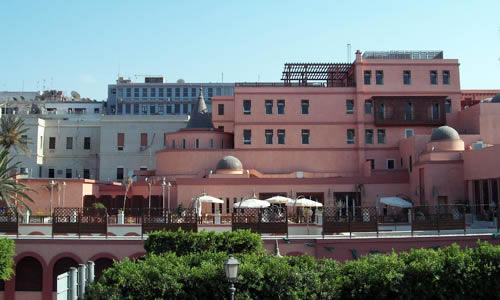With a long history, Libya is one of the most incredible countries in the world. While there are conflicts in the country, its culture and scenery make it a beautiful place. There is a reputation among Libyans for being friendly and accommodating, and hospitality is highly valued in Libyan culture. Libya is home to a number of facts that set it apart from other countries, some of which are listed below.
The First Libyan King
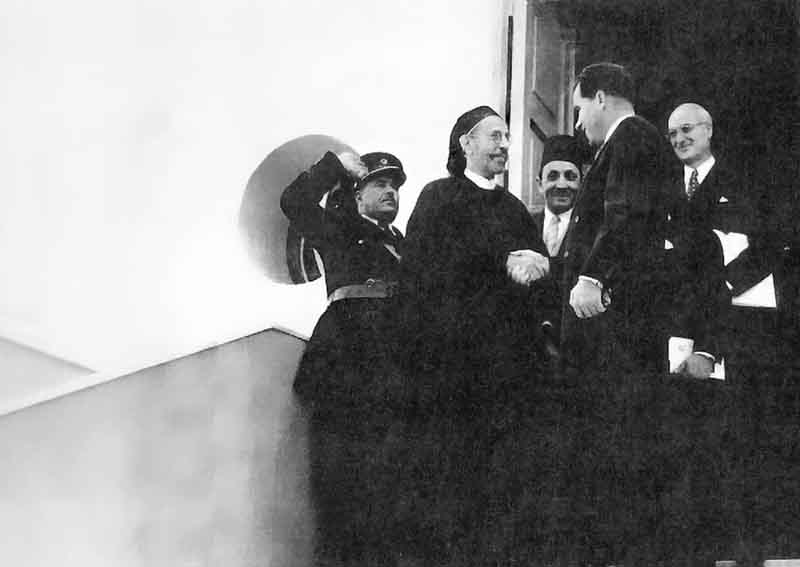
King Idris with then-U.S. Vice-President Richard Nixon, 1957
Libya is among the first African countries to gain independence. As soon as the country gained independence in 1951, a monarchy rule was implemented rather than a democratic one. Under the Libyan federal monarchy, the constitution recognized King Idris as the country’s ruler and head of state.
It was King Idris I, who founded the monarchy. Due to his conservatism; Libya’s people were not fond of him. The coup overthrew him in 1961.
Living Together As a Community

Living communally is a traditional way of life for Libyans. Family life is very important to them; however, young couples increasingly prefer to live within the confines of their nuclear families.
According to tradition, the bride and groom are arranged to marry; the bride does not know her husband before their marriage, and they only meet on their wedding day. The trend has changed recently, with the majority of urban couples choosing their spouses independently, even though arranged marriages continue to take place in rural areas.
Libyan Food

Shipping in dock at port of Tripoli, Libya
Since the country has a severe climate, agriculture is not as productive as it should be. As a result of low rainfall, crops fail to thrive, resulting in a shortage of food.
In this regard, more than 70% of Libya’s food consumption is imported, which is an insightful fact about food in the country. Due to Libya’s geography, there is not much space available for cattle, so sheep constitute the majority of the livestock there. While the land lacks meat, fish, and seafood are abundant in the sea and consumed as food.
Libya does not have a self-sufficient food supply; therefore, the country relies upon imports from other countries to meet its food needs. The fact that the country has a large oil reserve is not by chance. Since its vegetation is limited, outsiders have a harder time finding its culinary tastes.
Libya’s Sahara Desert

Forzhaga natural rock arch, Akakus (Acacus) Mountains, Sahara Desert, Libya
There is a strong influence on the country’s weather due to its proximity to the Sahara Desert.
As with most Maghreb areas, Libya’s southern part is dominated by the Saharan desert. Dry and hot conditions characterize the region, preventing it from being inhabited. There are no rains in Ghat region on a regular basis (all year long). In the case of rain in Ghat, it occurs as a downpour.
Libyan Animals

Although Libya lacks green or sustainable agriculture, the country is not devoid of wildlife or animals. Are you aware that Libya is home to rare animal species? Certain animals can actually live along the Libyan coastline due to the climate.
There are many different animals to see in Libya, including dolphins and Egyptian tortoises. Reptiles that live in the scattered oases and water holes include the poisonous adder and krait.
Drinking Water
Libya’s unfortunate reality prohibits over 60% of its population from accessing clean drinking water. It is possible for the Libyan desert to go a decade without experiencing any rain. The man-made river project supplies 95% of the water to Libya. While it is among the largest constructions of civil engineering in the world, water supplied through the pipeline is deemed unfit for human consumption. Unfortunately, bottled water, which is safer to drink, is hard to get.
Libya is More Than 10000 Years Old

Yefren, Libya. Amazigh flags
Present-day Libya is thought to have been inhabited by Berbers (also called Amazighs) around 2000 BC.
Many North African countries trace their ancestry to the Berber people because they were one of the innovators and ancestors. As a result of the Berbers, many empires existed in the region until the Romans ruled it in 74 BC. As a result of the discovery of Tadrart Acacus rock art, 12000 BC has been established as the date of the first human occupation of the land.
A Single King Has Ruled Libya Throughout Its History
King Idris I was the first and last ruler of Libya. In his life, he was both a leader of politics and of religion belonging to the Senussi religion. Idris, I presided as king of Cyrenaica until 1951, when he became king of Libya after colonial rule ended. It was unpopular to rule under the king because of his conservatism. In 1969, Colonel Gaddafi led a coup d’état that deposed King Idris I.
Libyan Tea Has the Consistency of Black Syrup

Preparation is mostly done by the women. This tea has a thick consistency due to the combination of many tea leaves and excessive sugar content. Following the mixing of the two ingredients and the addition of water, steeping takes 20 to 30 minutes. Once the tea is prepared, pyrex glasses hold the tea, which is served with sumak and khobza, two Libyan snacks. Like Moroccan tea, this tea consists of loose tea leaves boiled in water. However, it is presented differently.
In Libya, Bette Peak is the Highest Mountain

There are no mountains higher than Bette Peak in Libya, with a height of 7,434 feet. A mountain that is also referred to as Bikku Bitti, it can be found at the border of Chad and Libya in southern Libya. Bette Peak was first climbed by Ginge Fullen in 2005. Despite its location, the mountain is difficult to reach.
Conclusion
Most people are familiar with Libya because of the wrong reasons, yet this country has many intriguing features most people don’t know about. A turquoise sea awaits you in Tripoli. As a result, there is no shortage of captivating landscapes in African countries. In addition to Libya’s ancient history and ancient culture, the country has many other fascinating facts worth exploring and sharing around.

